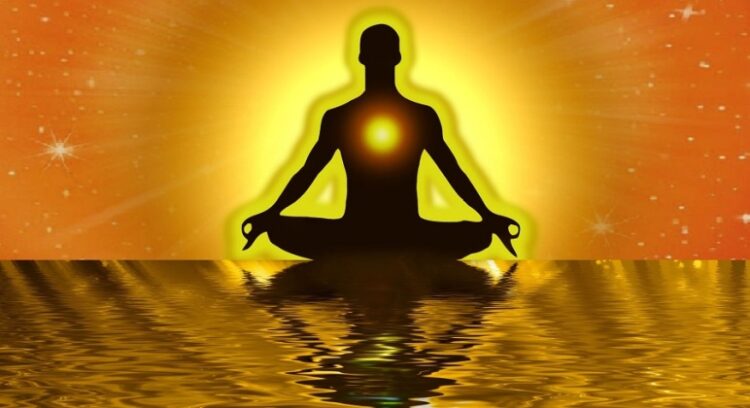A few months back a report on psychiatric researcher Dr Tim Whitefield’s study on the behaviour of mind with the age flashed in the media. The report says that the executive function that deals with one’s ability to plan and switch between tasks to achieve our goals gets degenerated with the age. But doing Yoga and meditation for only 15 minutes a day can greatly overcome this deficiency.
The researches of this kind being continuously conducted indeed boost the trust in the Yoga. But this is also a truth that this might be a new discovery for the world, for India, it’s nothing more than to be getting reminded about the benefits of yoga in one newer way.
Those who studied yoga, and themselves practise it they have already defined it respectively in their own ways. As NiranjananandSaraswati of Bihar schools of Yoga, Munger, says- ‘Wellness through Yoga and growth in talent from it both are possible.’ And they who hold doubts regarding the spiritual aspect of Yoga, Jaggi Vasudev of Isha Yog [Coimbatore] has a very revealing answer for them- ‘Yogis are not against pleasure. It is just that they are unwilling to settle for little pleasure. To remain calm, to remain in an extreme sense of pleasure all the time is available to every human being. The science of Yoga gives this pleasure to you.’ It is because of this that all the religions, particularly which are metaphysically Indian, gave so much importance to yoga. In Hinduism, the name Patanjali is known as such yogi that formulated Yoga into ‘AshtangYog’. He calls Yoga the best way to bring about ‘control in psychic tendencies’[chithavrutinirodh]; ‘perfection in action’; ‘sense of equality in the life’ and ‘calmness of the mind’.
As also in Jainism, Rishabhadev is worshipped as the first yogi. Up to Mahavir Swami, there had been overall 24 Tirthankaras in Jainism. Their statues are found in the yogic posture of either ‘Padmasana’ or ‘Khadgasana’. Concentrating on the front tip of the nose is a principle method of meditation in Jainism, and it is called ‘Nasagredrushti’. Likewise ‘Kayaotsarg’ is its prominent feature of Yoga in which the physical body is made to be perished willingly by Munies and Sadhvies. Jain acharya Shubhchandra made a very fine analysis of Yoga-Pranayama in his book, ‘Gyanarnav’; and based upon life-science ‘Prekshadhyan’ is a rare method of meditation given by one more Jain muni, AcharyaMahapragya. And where basic mantra of Jainism is ‘Om namhasidhabhya’, ‘१ॐ’[ One Omkara]is that of Sikhism. The yogic terms like ‘Ida’, ’Pingla’ and ‘Sushumna’ are amply mentioned elsewhere in Guru Granth Sahib. Even as Prophet of Sikhism, Guru Nanak Dev preached to preferring ‘SahajYog’to‘Hathayog. ‘Realise the elements of Yoga’- he preaches in Guru Granth Sahib.
‘Shivyog’ says during the breathing process when we inhale air it makes a pause inside for 1000 parts of a second, and when it comes out it again makes a pause likewise. If we stay conscious of it we will get the realisation of our existence. Gautam Buddha adopted this technique, which came into being as ‘Vipassana’.
Notably, hundreds of years back what our different sects preached that has begun to be scientifically confirmed by Allopathy medical experts of modern days. ‘Yoga makes me feel more energetic, sleep better and also enhances the perception of smell, taste and intuition. I meditate daily for 20 minutes and it works wonders for me,’ says Dr. Abhay Bhagwat, a neurologist.




















Comments